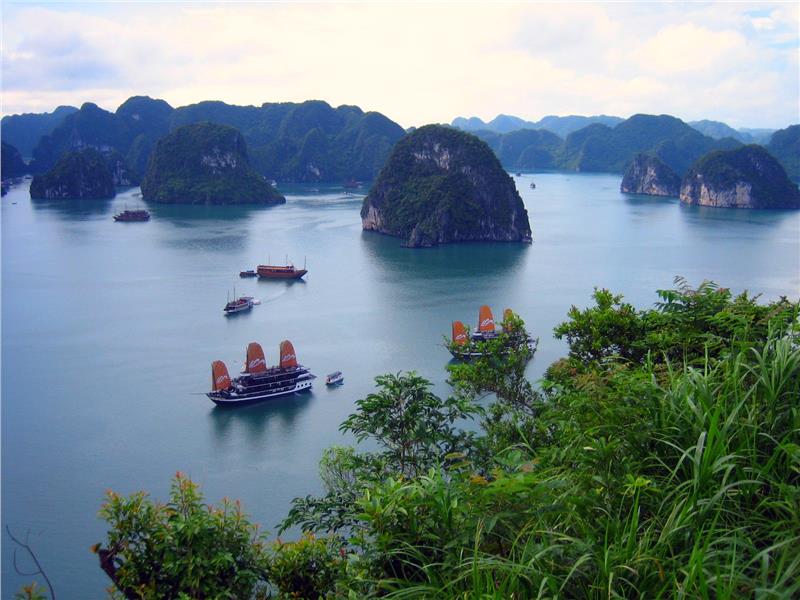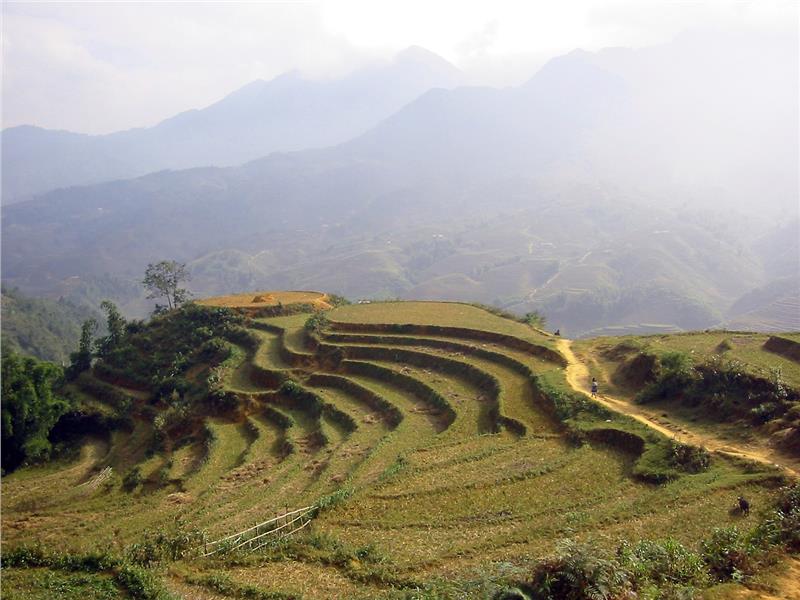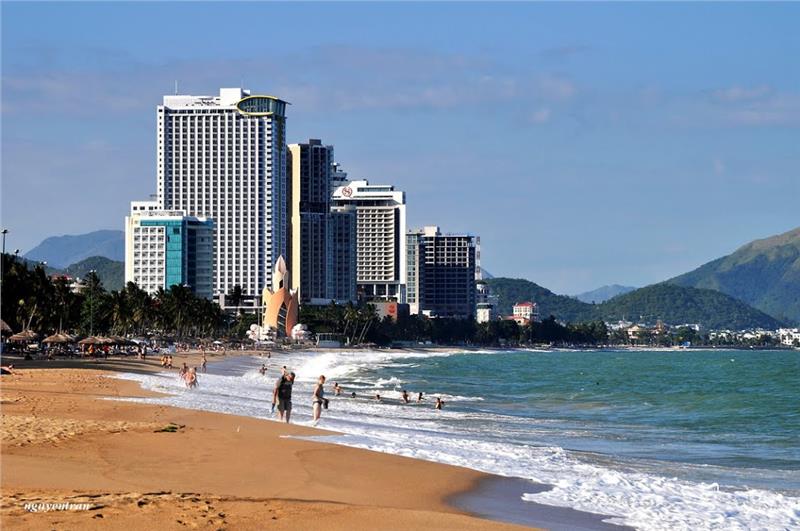Vietnam is generally located in the area of tropical monsoon climate with high humidity of over 80% all the year round. However, because of the diversification in topography, three main regions of Vietnam stretch in different climate zones. The climate in Vietnam varies from North to South, from mountains to plains and coastal. The divisions of Vietnam weather may cause certain effects on travel decisions of tourists.

Northern Vietnam has the most diversified climate with four seasons: spring, summer, fall and winter. Northern Vietnam weather is characterized by frequent heat and rain from April to September, while from October to March the weather is cool and dry. Famous tourist attractions in the North of Vietnam such as Hanoi and Halong Bay have typical type of regional weather. Hanoi is most beautiful in the autumn from September to November and this is the best time to visit here since you can avoid the scorching heat in summer and the chill in winter. Visiting Hanoi this time you can enjoy the most comfortable time of the year in Vietnam as well. By contrast, the best time to visit Halong Bay starts from March to June because you can limit the capability of meeting storms during your trip.

Vietnam weather in the northwest area is described by tropical climate influenced by monsoons. Monsoon regimes are different from time to time. In summer, the southwest monsoon makes weather in the region hot and dry with heavy rains, while in winter, the northeast monsoon brings a cold, dry, less rainy weather. Thus, Northwestern Vietnam weather can be split into dry season and rainy season. Dry season lasts from October to late March while the wet season runs from April to September. This region is in the coldest period in December and January especially at night and early morning. If you want to visit prominent destinations in the Northwest such as Sapa, Ha Giang, Mai Chau, you should go in this season. In rainy season, the weather is more comfortable. However, it will be difficult to move and take part in trekking or hiking because of the dangerous terrain.

Central Vietnam weather is quite harsh with dry and hot winds from South West. The weather in Central Vietnam is harsher than that in Northern Vietnam and Southern Vietnam. From north to south, Central Vietnam has two main sub-regions including coastal and highland with plenty of mountains and rivers, creating beautiful landscapes in this region. Lying adjacent to the beach, this region has to suffer natural disasters every year. With the long coastline, the Middle is most famous for beach tourism because many of the most attractive beaches in Vietnam lie here. The best tourist attractions in the Centre are Hue, Hoi An, Da Nang. You can visit these places at any time. However, if you want to enjoy the beach, From June to November might not be a good time. The Centre Highlands has quite consistent weather. It is cool all the year round. Da Lat in the Centre Highland is an ideal destination for tourists to escape the scorching heat from other places especially in summer.

The main terrain of Southern Vietnam is plains with two sub-regions including Southeast area and Mekong River Delta area. These areas are the lowest parts in Vietnam. Southeast area is between 100 meter and 200 meter high above sea level; and this area has a number of low hills and mountains in the west near Cambodia. While, Mekong River Delta area is about 5 meter high above sea level. As not being prevented by Truong Son Mountain range like Central Vietnam, Southern Vietnam weather is not affected by northeast monsoon from the north or Foehn wind from Laos. Yet, there are two distinct seasons in the region: rainy season and dry season like central part of Vietnam, though differences in temperature and humidity. Dry season starts from November to April. Wet season begins in May and ends in November. However, the weather is generally hot through the year. The South of Vietnam is famous for many beautiful spots and tourist areas such as Nha Trang, Mui Ne, Ho Chi Minh City, Mekong River Delta, Con Dao, Phu Quoc. Dry season is the best time to take tours to the magnificent Con Dao and Phu Quoc.
